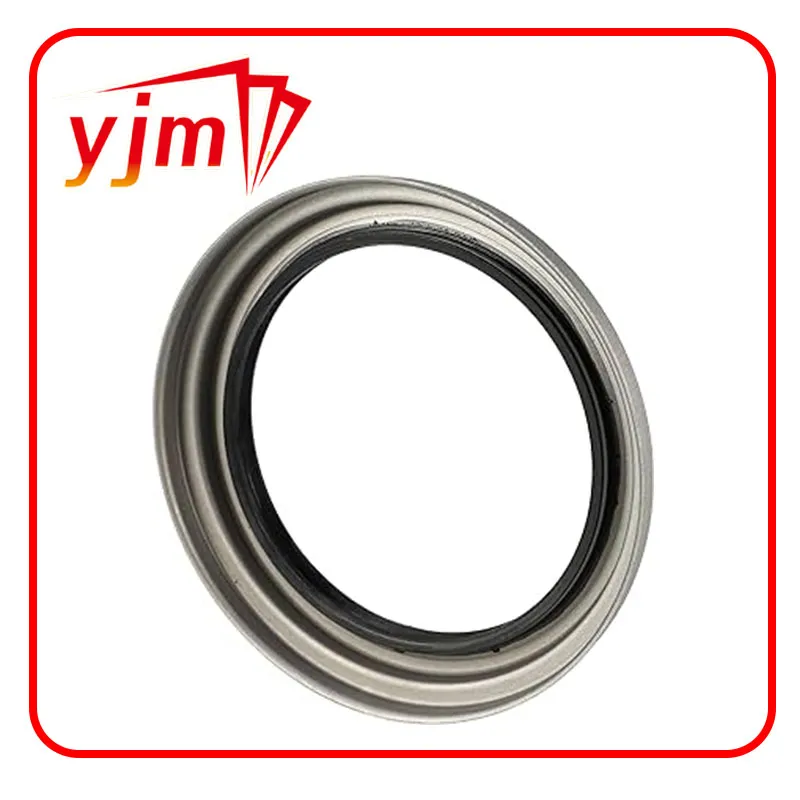Rear Differential Axle Seal Replacement and Maintenance Tips for Vehicles
Understanding Rear Differential Axle Seals Importance and Maintenance
The rear differential axle seal is a crucial component in the driveline of a vehicle. It plays a significant role in maintaining the health and efficiency of the rear differential by preventing lubricant leaks, which can lead to serious mechanical issues if not properly addressed. In this article, we will delve into the purpose, common issues, and maintenance tips for rear differential axle seals.
The Purpose of the Rear Differential Axle Seal
The rear differential in a vehicle houses the gears that allow for the transfer of power from the driveshaft to the wheels. Within this assembly, lubricant is essential for reducing friction and facilitating smooth operation. The rear differential axle seal provides a barrier that keeps this lubricant contained within the differential housing. It prevents dirt, debris, and moisture from entering the differential, which could compromise the lubricant’s integrity and the functionality of the gears.
The axle seal is typically made from durable rubber or silicone, designed to withstand the harsh conditions within the differential environment. Its primary job is to ensure that the fluid stays in while keeping contaminants out, thereby prolonging the lifespan of the differential itself.
Common Issues with Rear Differential Axle Seals
Despite their importance and robust construction, rear differential axle seals may begin to fail over time. Here are some common issues that drivers might encounter
2. Improper Installation If the seal is not installed correctly, it can lead to misalignment, which may cause premature failure. This includes over-tightening, which can distort the seal.
3. Differential Overheating Excessive heat generated from poor lubrication due to a failing seal can lead to damage not only to the seal but also to the gears within the differential.
4. Water Intrusion If the seal is compromised, water can enter the differential during driving, particularly in wet conditions, mixing with the lubricant and creating sludge that can damage internal components.
Signs of a Failing Rear Differential Axle Seal
rear diff axle seal

1. Fluid Leaks The most obvious sign of a failing axle seal is the appearance of fluid leaks beneath the rear differential. The lubricant may appear as a reddish-brown or clear fluid depending on the type used.
2. Noise from the Differential Unusual sounds, such as grinding or clunking noises, may indicate issues within the differential that could be caused by a lack of lubrication due to a bad seal.
3. Dashboard Warning Lights Some modern vehicles are equipped with sensors that will trigger a warning light if there’s an issue with the drivetrain, which could indicate a seal failure.
Maintenance Tips for Axle Seals
Regular maintenance is the key to prolonging the life of your rear differential axle seals. Here are some tips
1. Regular Inspections Periodically check for signs of fluid leaks or unusual noises from the rear end of your vehicle. Catching a problem early can save you from more extensive repairs.
2. Fluid Changes Follow your manufacturer's recommendations for changing the differential fluid. Old or contaminated fluid can contribute to seal failure.
3. Professional Assistance If you notice any signs of wear or leak, it's advisable to consult a professional mechanic. They can assess the condition of your seals and suggest if a replacement is necessary.
4. Drive Judiciously Avoid putting excessive strain on your vehicle by driving within recommended limits. Aggressive driving can generate more heat and increase the wear on seals and ligaments.
Conclusion
The rear differential axle seal is a small but vital component of any vehicle's drivetrain system. By understanding its importance, recognizing the signs of failure, and performing regular maintenance, vehicle owners can ensure their differential operates smoothly and reliably for years to come. Investing time and effort into the upkeep of this part will lead to a safer, more efficient driving experience.
-
Simplifying Oil Changes: A Comprehensive Guide to Oil Drain Plugs and Their Variants
News Aug.04,2025
-
Mastering Oil Drain Maintenance: Solutions for Stripped, Worn, and Upgraded Oil Plugs
News Aug.04,2025
-
Fixing Oil Pan Plug Issues: Leaks, Stripped Nuts, and the Right Replacement Solutions
News Aug.04,2025
-
Everything You Need to Know About Oil Drain Plugs: Sizes, Fixes, and Upgrades
News Aug.04,2025
-
Choosing the Right Oil Drain Plug: A Guide to Sizes, Materials, and Drain Innovations
News Aug.04,2025
-
A Complete Guide to Automotive Drain Plugs: Types, Problems, and Innovative Solutions
News Aug.04,2025
-
The Ultimate Guide to Car Repair Kits: Tools and Essentials Every Driver Should Own
News Aug.01,2025
Products categories















